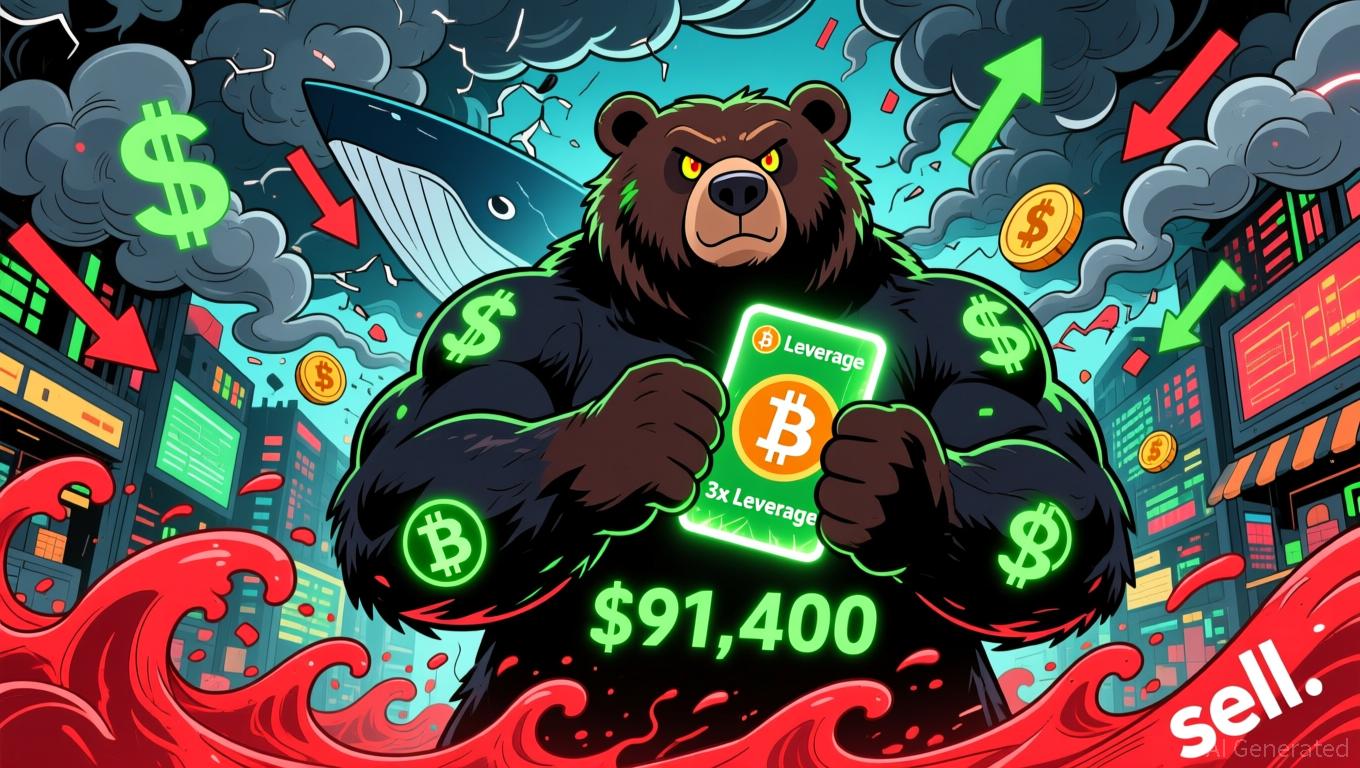Balancer Outlines Reimbursement Plan Following $128M Exploit
Decentralized finance protocol Balancer has outlined a framework to return millions in rescued assets to liquidity providers after an exploit drained more than $128 million from its V2 pools, in what was one of the largest DeFi exploits of the year.
The proposal published Thursday by two members of the protocol’s community is seeking community feedback on plans to distribute roughly $8 million in funds, “including both whitehat rescues and internal recovery efforts.”
The discussion comes in the aftermath of Balancer’s exploit early this month, which drained millions across five chains, forced emergency pauses, and prompted whitehat interventions.
Approximately $28 million of the stolen funds were salvaged through a mix of whitehat interventions, internal rescues, and third-party actions, as per the proposal.
"Incidents like this show how important it is for DeFi to have clear, real-time visibility into what’s happening on-chain," Blockscout, an open-source block explorer for EVM-based chains, told Decrypt. "The more transparent and traceable protocols become, the faster the ecosystem can respond, contain damage, and recover funds."
The framework covers only the $8 million recovered directly by whitehats and Balancer’s internal teams, while Ethereum-based liquid staking protocol StakeWise will separately return the remaining $19.7 million in osETH and osGNO to its own users through its governance process.
"The Safe Harbor Agreement, adopted by Balancer DAO, provides clear terms for whitehat interventions," the proposal notes, specifying bounties are paid in the same tokens as recovered funds and cannot be retained directly from rescued assets.
The proposal takes a non-socialized approach to reimbursement, meaning each affected pool's recovered funds will be distributed only to liquidity providers of that specific pool and network, rather than spreading losses across all users.
Distributions will be proportional to holdings at specific snapshot blocks taken just before the first exploit transaction.
Whitehat rescuers who intervened during the attack will receive a 10% bounty, capped at $1 million per operation, once they complete legal ID disclosure, KYC checks, and sanctions screening, according to the platform.
The proposal identified six whitehat actors who recovered approximately $3.9 million across multiple networks during the exploit.
Among them, anonymous whitehat "Anon #1" led recoveries with $2.68 million rescued on Polygon, including 8 million WPOL, 6.8 million MaticX, 2.9 million TruMATIC, and 72,000 stMatic tokens.
Balancer also conducted an internal rescue operation, coordinating with security firm Certora, recovering an additional $4.1 million from vulnerable metastable pools across Ethereum, Optimism, and Arbitrum that were at risk but not yet exploited.
These internally rescued funds won't qualify for SEAL Safe Harbor bounties since Certora operated under an existing service relationship with Balancer, and the agreement specifically incentivizes external actors rather than coordinated internal responses, as per the proposal.
A claiming mechanism will be developed requiring claimants to provide digital proof of consent to Balancer's terms and conditions, explicitly agreeing to release Balancer Labs, Balancer DAO, Balancer Foundation, and affiliated parties from liabilities related to the exploit.
The framework includes a 180-day claim period, after which unclaimed assets are classified as dormant and reassigned only through a subsequent governance decision.
Disclaimer: The content of this article solely reflects the author's opinion and does not represent the platform in any capacity. This article is not intended to serve as a reference for making investment decisions.
You may also like
Dogecoin News Today: Meme Coins Achieve Recognition as Institutional Investors and ETFs Drive Market Changes for 2025
- WLFI's acquisition of Solana-based meme coin SPSC triggered a 139.8% price surge, highlighting institutional interest in meme tokens. - Binance's listing of Dank Penguin and BNBHolder boosted their market caps past $5 million, showcasing exchange-driven momentum in meme coin ecosystems. - Dogecoin's ETF debut via Bitwise's BWOW and Grayscale's GDOG signals growing institutional validation, despite mixed initial performance compared to Solana/XRP ETFs. - 2025 could solidify meme coins and altcoin ETFs as

Bitcoin News Today: Bitcoin Whale Bets $84 Million—Sign of Faith or Disaster Looming?
- A Bitcoin whale opened an $84.19M 3x leveraged long on Hyperliquid after securing $10M in profits, amplifying market volatility and liquidity risks. - Other whales added 20x-25x leveraged positions totaling $75M in BTC/ETH, reflecting heightened confidence in short-term price resilience amid December 2025's 3.64% BTC and 3.79% ETH gains. - Analysts debate the rally's sustainability, citing weak Sharpe ratios (-36% Bull-Bear Index), 30% drawdown from peaks, and structural liquidity challenges favoring ran

Hyperliquid News Today: Avici Soars 1,700%—Is It MoonPay Buzz or Genuine Market Movement?
- Avici (AVICI) surged 1,700% amid speculation of a MoonPay partnership, now valued at $90.7M with $2.5M liquidity. - Analysts highlight its neobank narrative, competing with projects like Cypher while facing $50–$500 price targets implying $1B–$5B valuations. - Security risks persist, exemplified by Upbit's $36M hack and Trezor CEO's warnings on exchange vulnerabilities. - Avici's success hinges on balancing innovation with compliance, regulatory clarity, and execution amid a crowded crypto debit card mar
Bitcoin News Today: Bitcoin Recognized as a Mainstream Asset as Nasdaq Lists IBIT Alongside Leading ETFs
- Nasdaq's ISE proposes tripling Bitcoin options limits for BlackRock's IBIT to 1 million contracts, aligning it with major ETFs like EEM and GLD . - The move reflects IBIT's dominance as the largest Bitcoin options market by open interest, driven by institutional demand for hedging and speculation. - Analysts highlight the normalization of Bitcoin as a tradable asset class, with unlimited FLEX options and JPMorgan's structured notes signaling broader institutional adoption. - Regulatory alignment with gol

